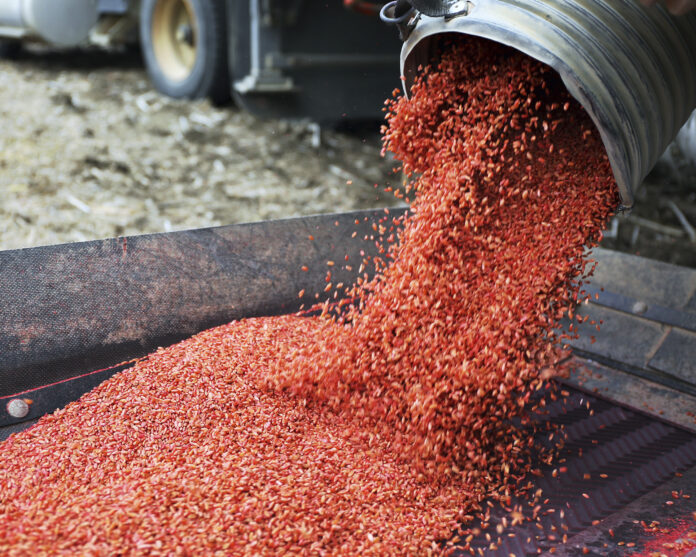
Government of Saskatchewan
More farmers have been able to get out into the field this week. Seeding is up from nine per cent last week to 38 per cent this week. This is well ahead of the five-year average (2016-2020) of 22 per cent. Crops that have been seeded so far are slow to emerge due to cool temperatures and little soil moisture.
The southwest region is leading the province, with 56 per cent of the crop seeded. Forty-four per cent of crops are seeded in the southeast, 35 per cent in the west-central, 34 per cent in the northwest, 24 per cent in the east-central and 22 per cent in the northeast region. The southwest saw good amounts of precipitation over the past week that will hopefully improve germination conditions. The Admiral area recorded the most rain and snow precipitation at 25 mm followed by the Shaunavon and Rockglen areas which both reported receiving 20 mm. Little to no precipitation was reported in the other regions of the province.
Moisture conditions saw a slight drop between this week and the previous week. Cropland topsoil moisture is rated as zero per cent surplus, 31 per cent adequate, 45 per cent short and 23 per cent very short. Hay and pasture land topsoil moisture is rated as zero per cent surplus, 22 per cent adequate, 45 per cent short and 32 per cent very short.
Dry conditions are raising concerns about fires in both cropland and pastures, several rural municipalities across the province have issued fire bans and producers are reminded to be extremely careful when operating machinery and equipment that have the potential to spark or get very hot.
Producers continue working in their fields seeding, harrowing, rock picking and rolling. Very little weed emergence has allowed farmers to postpone spraying for the time being. Some producers have postponed further seeding as they wait for rain.
Northwest Saskatchewan
Seeding progress saw further progress this week with 34 per cent of the 2021 crop now in the ground, well above the five-year average (2016-2020) of 10 per cent for this time of year. Low soil temperatures have only allowed for field peas, wheat and barley to be sown. Producers are preparing to seed canola once the temperatures rise to acceptable levels.
No precipitation was received in the region throughout the week. Livestock water supply shortage was rated as slightly moderate with worse shortages and quality anticipated without future rainfall. Fire risk in parts of the region is very high and considerations are being made to lessen risk around seeding operations.
Pastures are very slow to green up and producers are worried about on-farm feed supplies running low before being able to move cattle to pasture. Cropland topsoil moisture conditions are rated as zero per cent surplus, 49 per cent adequate, 35 per cent short and 16 per cent very short. Hay and pasture land topsoil moisture was rated as zero per cent surplus, 38 per cent adequate, 35 per cent short and 27 per cent very short.
Northeast Saskatchewan
Seeding is well under way in the region with 22 per cent of the crop now seeded, which is ahead of the five-year average (2016-2020) of seven per cent. Some producers are close to finishing up seeding while others are just beginning. Like other regions, mostly peas, lentils and cereals have been seeded with a hesitation to seed canola until some rainfall is received.
There was no rain or snow reported for the region this week, causing further deterioration of the soil moisture conditions. Livestock water supplies were rated as being in moderate shortage with severe shortages anticipated if the current dry trend continues.
Pastures have started to green up slowly in the region and cattle producers hope to have cattle out grazing soon. Topsoil moisture conditions this week are rated as two per cent surplus, 65 per cent adequate, 28 per cent short and five per cent very short. Hay land and pasture levels were rated as one per cent surplus, 57 per cent adequate, 35 per cent short and seven per cent very short.
Very little weed emergence has postponed spraying but producers are busy harrowing, spreading fertilizer, calving, branding and fencing.

